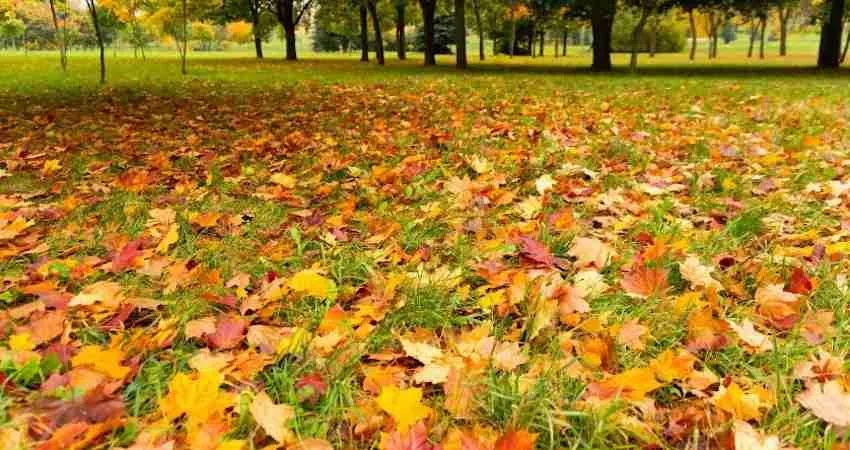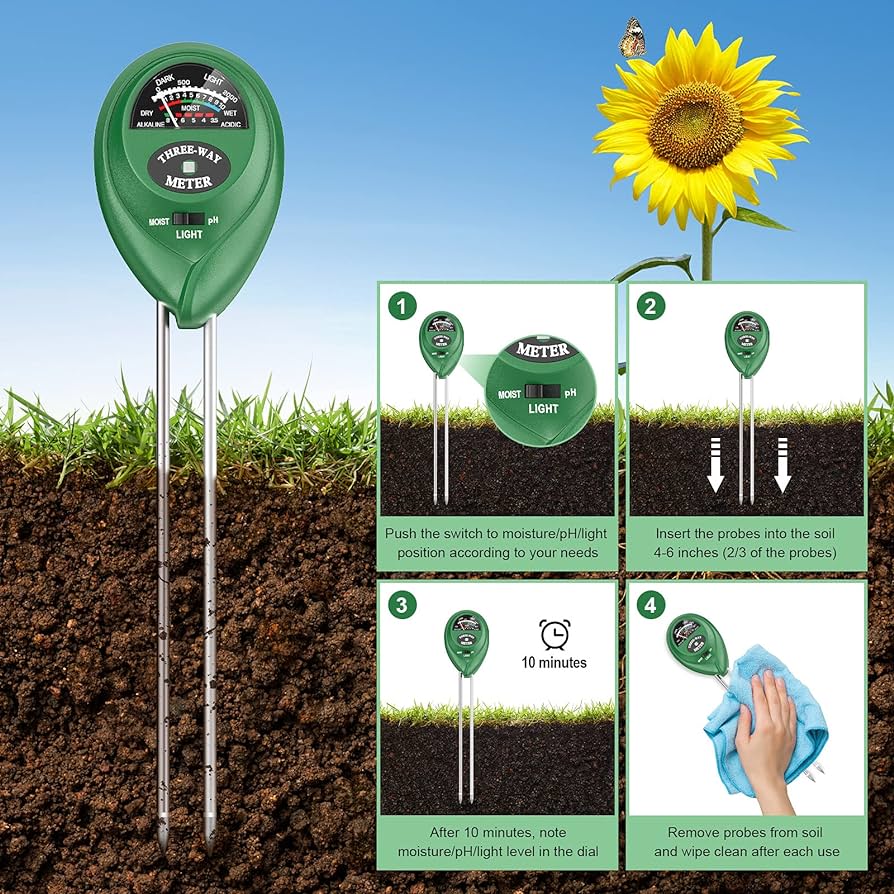Fall is finally here! With it comes changing leaves, cooler temperatures, and growing excitement as holidays inch closer. As temperatures begin to drop and the fall weather starts to set in, soil conditions and your bermuda grass’s needs also change.
Reduce Mowing for Deeper Roots
Your bermuda grass is typically mowed at a height of .5–1.5 inches.
However, during the fall, you should mow slightly higher. The idea is to encourage deeper root growth so that your grass survives during winter dormancy. The roots are what keeps the grass alive underground while the blades above ground endure harsh temperatures.
Water Less as Temperatures Drop
In the fall, you’ll want to water your bermuda grass less as temperatures begin to drop. If you overwater your grass, it could lead to disease during this time. Your bermuda grass generally only needs about 1 inch of water weekly, including rainfall. However, you will want to water a little less than this during the fall months.
Fall is one of the most opportune times of the year for fungus to start appearing. This becomes even more likely if you are overwatering your grass or have fallen leaves on the ground that create shade areas. Regardless of disease outbreaks, you’ll still want to water your lawn to prevent drought stress while the grass grows. Light watering during dormancy will also prevent dehydration; watering in the early morning will decrease the risk of particular turfgrass disease.
Fertilize Your Lawn with the Right Nutrients
Fertilization differs this time of the year compared to the other active growing seasons (spring and summer). As previously stated, outdoor temperatures are starting to change—so are soil conditions. Your grass is a living thing that needs specific nutrients at this time. Depending on your area, your bermuda grass will likely enter a state of dormancy.
Control Weeds with Pre or Post Emergent Herbicides
Your bermuda grass lawn has just made it through the summer months when herbicide applications damage grass due to hot temperatures. Now that it’s starting to cool down, you can apply both post-emergent and pre-emergent herbicides without risking damage to your lawn if applied correctly.
You may notice that the weeds from summertime are starting to die off. Unfortunately, winter weeds will also start to pop up when the months are colder. We recommend applying a pre-emergent during the fall to prevent winter weeds.
There’s a difference between pre-and post-emergent herbicide control for weeds. A post-emergent herbicide controls any current weeds you are experiencing, whereas a pre-emergent herbicide, as its name suggests, prevents weeds from appearing.
Keep an Eye Out for Insect Infestations
It’s better to apply an insecticide as a preventative than having to resolve an infestation once the damage has already occurred—it’s probably less expensive, too. Apply a broad-spectrum insecticide to prevent any harmful insects from taking over your bermuda grass.
Although there could be a variety of insects that may be invading your lawn at this time, the main one most universities recommend you look out for in your bermuda grass are grub worms. Sod webworms, fall armyworms, and mole crickets can also be a problem in bermuda grass lawns at this time. If you have insect activity, treat it with an insecticide labeled to treat the insect you are seeing. Be sure to read product labels thoroughly before application.
Prevent Disease Outbreaks as Temperatures Change
We recommend applying a systemic fungicide at preventative rates around the beginning of the fall season or right beforehand. This helps the grass enter colder months healthier by keeping disease outbreaks at bay.
If you’ve had a problem with lawn disease around this time before, you may need to make multiple applications of the systemic fungicide in affected areas.





